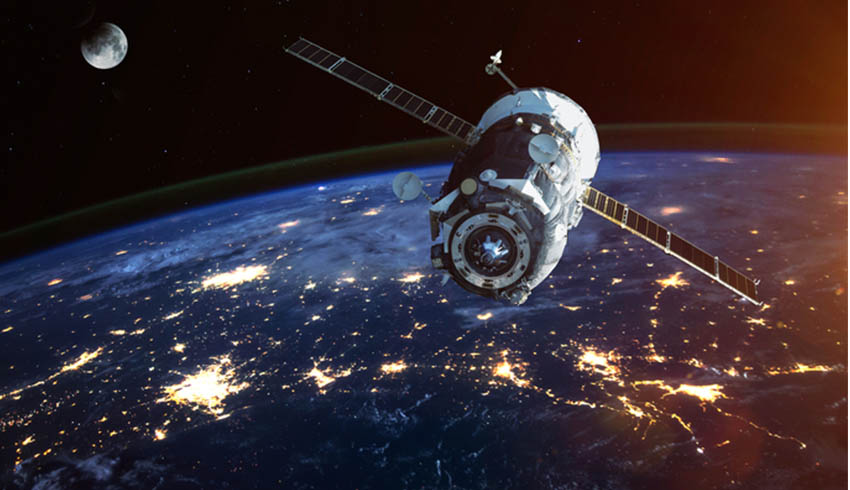
Real-time information about wild seas and unfavourable ocean conditions could be used to make shipping more safe and efficient, thanks to passive radar technology being developed by UNSW Sydney engineers.
This new technology has also piqued the interest of the Australian Defence Force because of its ability to “see” through cloud and tree cover while maintaining radio silence – providing enhanced tactical and strategic capability for the ADF.
Professor Andrew Dempster of UNSW’s School of Electrical Engineering and Telecommunications has been developing and trialling a new type of receiver that looks for satellite navigation signals bounced from the Earth’s surface in a process called reflectometry.
Reflectometry looks at the GPS signals that come directly from satellites, as well as where, and at what angle, the signals bounce off the Earth’s surface. He and his colleagues have built four generations of receivers that are designed to look for these bounced GPS signals from satellites overhead.
“This most recent generation of our GPS receivers we have put into space aboard CubeSats,” said Professor Dempster, who is also director of the Australian Centre of Space Engineering Research.
CubeSats are miniaturised satellites used in space research, which are a fraction of the cost to launch and maintain due to their tiny proportions – the UNSW-EC0 satellite was 10cm x 10cm x 20cm and about 2kg. A CubeSat fitted with “Namuru” or “Kea”, two of the receivers tested so far, is able to provide live analysis of the ocean conditions, or sea state, by recording bounced GPS signals from the sea’s surface.
Professor Dempster explained: “What we do is measure the delay from the satellite to surface and back to the receiver on the satellite. Because there are multiple facets on ocean waves that it can reflect from, it means that we get a wider response in that delay from the different angles where the signals are reflected. The rougher the seas, the wider the response. We also measure the Doppler frequency shift in those reflected signals.”
Using this information, someone looking at the information recorded by the receiver may be able to deduce the wave heights, direction of the waves, wave length (distance between waves), wind speed and wind direction.
Professor Dempster further explained the benefit for commercial and, by extension, naval operations: “As an example of how it could be useful, gas companies often refuel their big tankers out at sea, which means safety can be compromised by weather conditions. So, if you can refuel your ship for an extra half an hour because you have better knowledge of changes in sea state, then you can start putting a dollar value on what that time-saving means to your company.”
As well as sea conditions, the device can also pick up ships in the area because the GPS signal bounces off a vessel in a different way. “This is one of the reasons the ADF is interested in it,” Professor Dempster said.
“Five years ago, we took one of these receivers on a plane and flew it over a forest and recorded the raw signal and played it back through our new instrument. As we flew over the forest, we were able to pick out a power pylon, which would otherwise be hidden from view. This shows that infrastructure that stays hidden even in satellite images can now be detected,” Professor Dempster added.
The receiver could also be put to good use by integrating it with a remotely piloted aerial system, where it could be used potentially to map floods.
There is also potential for such capabilities to be integrated into high-altitude persistent systems, which fly autonomously at twice the altitude of regular aircraft and, being powered by solar, can stay flying for months.
Receive the latest developments and updates on Australia’s space industry direct to your inbox. Subscribe today to Space Connect here.









